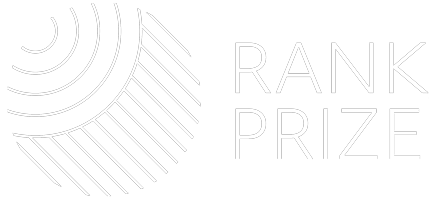Visual Processing of Faces and Words
Optoelectronics
Two of the most impressive visual tasks that human beings perform are (a) the recognition of many thousands of faces that differ only slight in their features and their configurations and (b) the translation of symbols on screen into semantic structures at high speed. However, within the human population, there are large variations in both of these abilities.
One of the reasons for bringing together researchers from the two fields is that the two visual processes depend on dedicated, homologous regions in the cortex of the opposite hemispheres of the brain: face recognition depends on a region in the fusiform gyrus of the right hemisphere (the ‘fusiform face area’) and word recognition depends on a corresponding region of the left hemisphere (the ‘visual word form area’). Given the importance of faces to our species, it is plausible that a special neural apparatus has evolved in the fusiform face area; but manifestly literacy has not been common for long enough for the visual word form area to be the product of evolution. A recent view, discussed in detail at the meeting, is that the left-hemisphere region evolved for recognising faces or objects and has been recycled to subserve reading in literate adults.
Before the meeting, each group of researchers had little personal knowledge of the other group or of the experimental and theoretical work in the other field; but they interacted extremely well and made shrewd comments on each other’s presentations. We had reserved one place at the meeting for a semitic scholar, Aaron Koller from Yeshiva University, who is an authority on the several different types of script that were invented in the ancient world: we were well rewarded, since he made many valuable comments on the neuroscience of both faces and words.
The prize for the best ECR presentation was awarded to Dr Ro Robotham (University of Copenhagen), who elegantly discussed the technical difficulties of experimentally comparing the processing of faces and words.
Organisers
Professor John Mollon (University of Cambridge, Rank Prize Optoelectronics Committee)
Professor Kathy Rastle (Royal Holloway, University of London)


